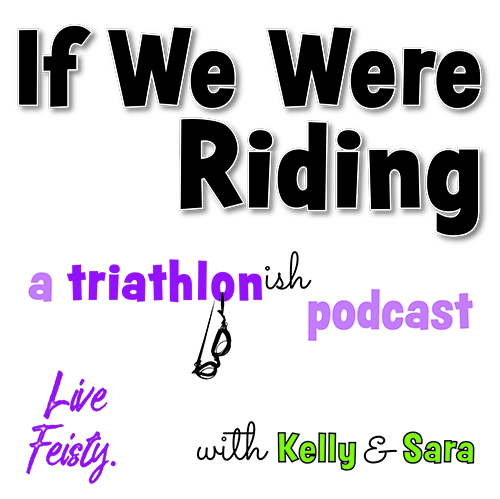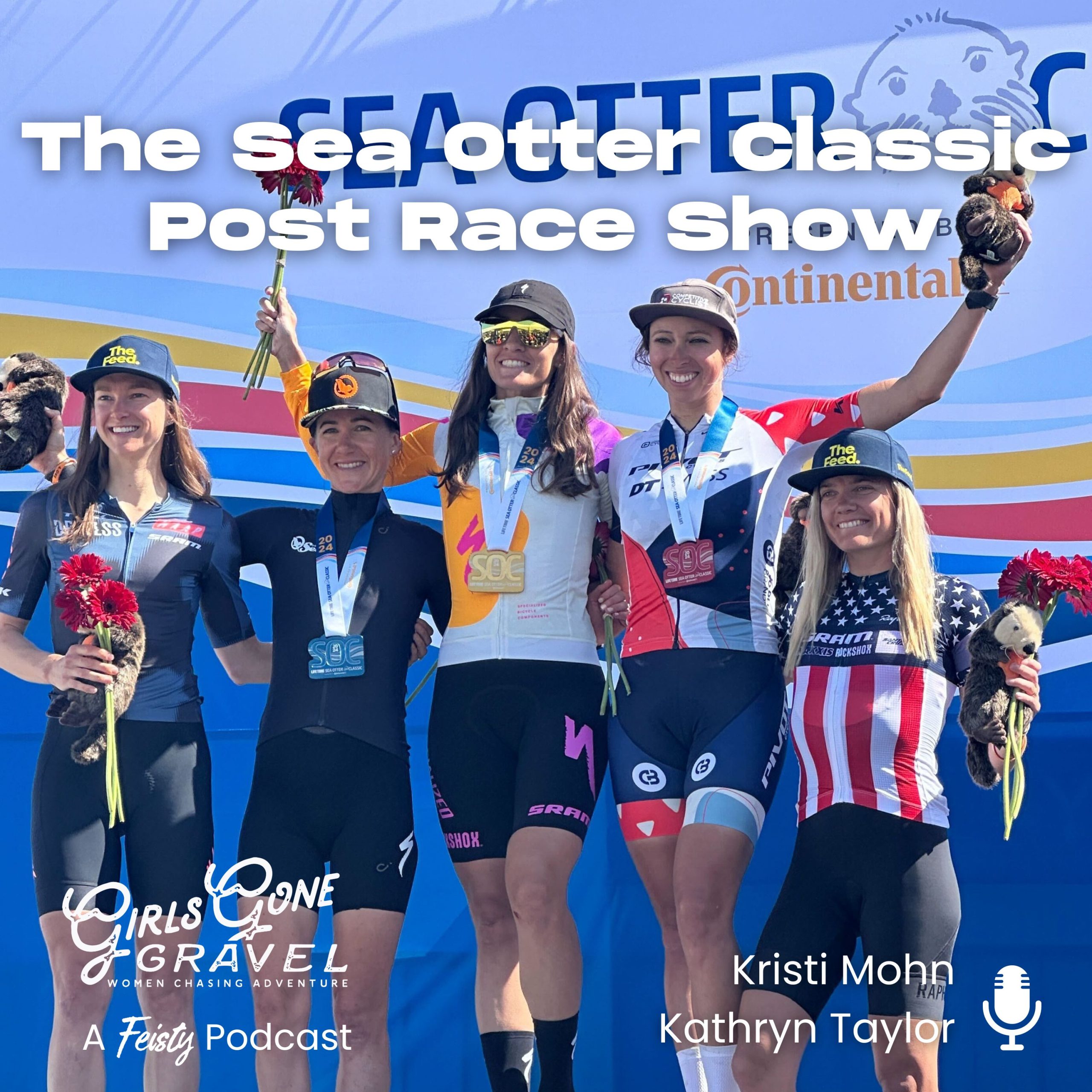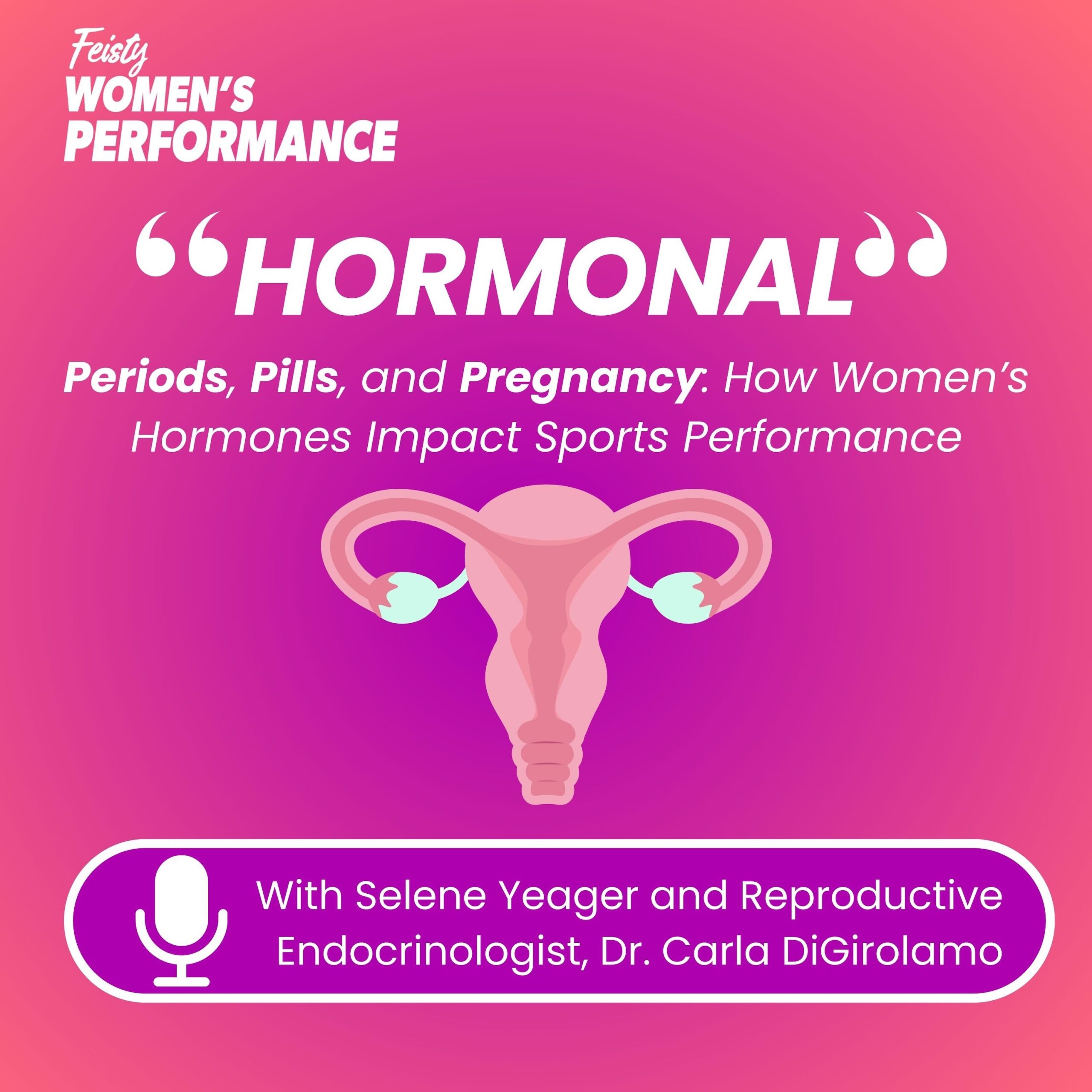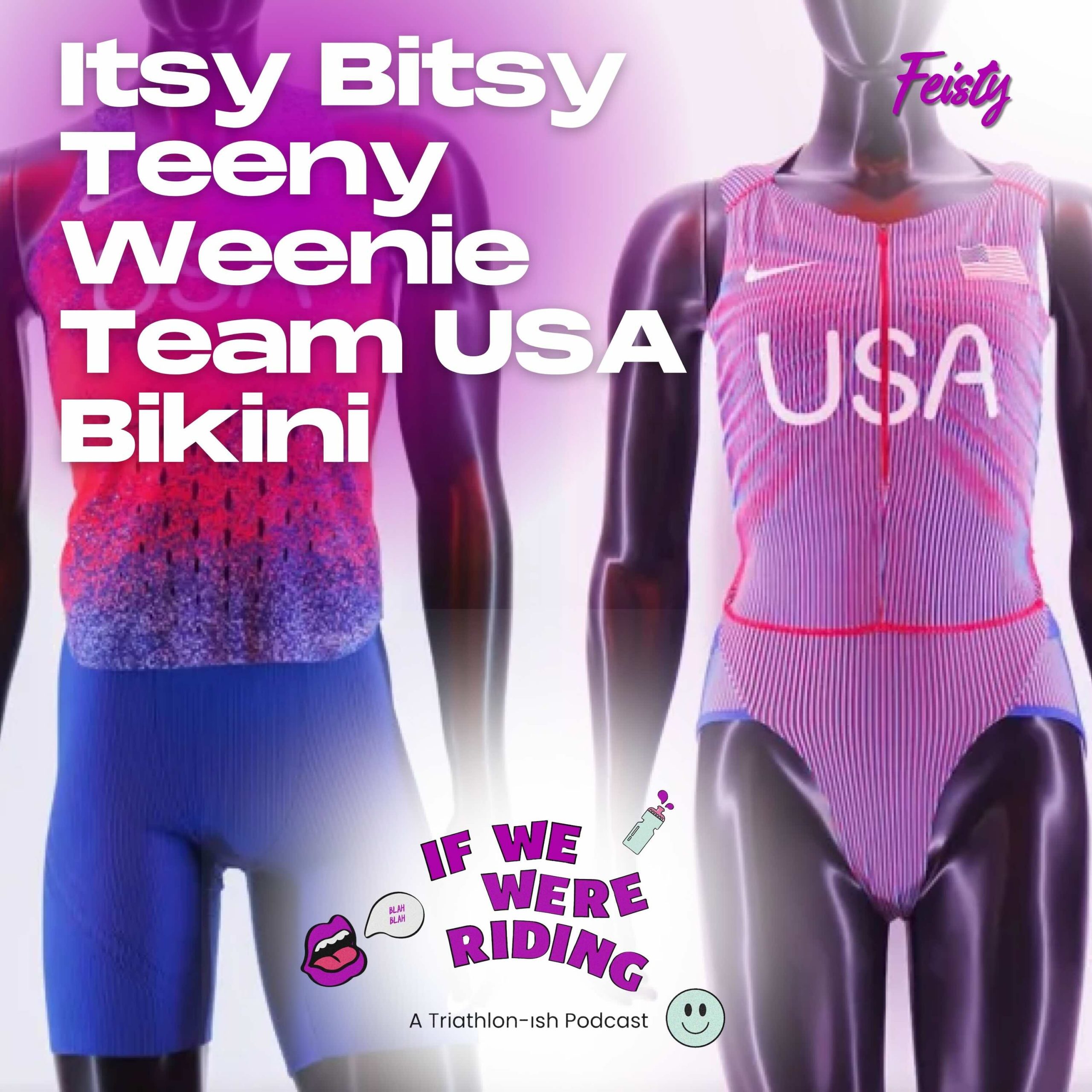September 19, 2018
Newsletter ep. 53: some people doing cool stuff
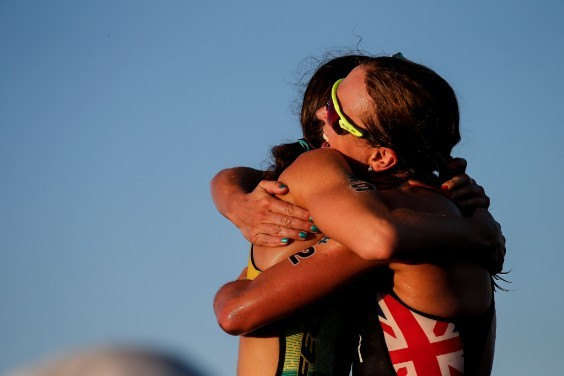
If We Were Riding’ is a weekly triathlon-ish newsletter written by Kelly O’Mara and produced by Live Feisty Media. Subscribe to get it in your inbox every Wednesday morning. You can also read past issues. This episode is from Sept 19, 2018.
_____________________________________________________________________________________
I’ve spent a lot of time this week being angry. A hazard of the era. But also of so many previous eras. It’s a reality of reality, but that doesn’t make it not exhausting.
And, so, this week, as I get back into training and prepping to race late into the season, I thought I’d do something a little different: Let’s talk about some people doing cool stuff, awesome stuff. In that vein, the above is a photo of Vicky Holland and Ashleigh Gentle right after their sprint finish for 1-2. This is what it’s about. (Photo: Wagner Araujo/ITU)
A few cool things people did this week
– Let me introduce you to Kate Courtney. She’s one of the youngest mountain bikers on the international circuit—a circuit she raced on professionally while still a student at Stanford. After graduating, she’s now in her first year at the elite level and I still vaguely remember when she was learning how to race mountain bikes in our local high school league. (I wrote the local newspaper’s cycling column and would end up writing about her exploits regularly.) And then last weekend, she *surprise* won the World Championships. #sparklewatts
– Here’s another woman who bikes really fast: 184 mph fast. It’s the fastest anyone—man or woman—has ever ridden a bike. In one of the weirdest world records I’ve ever seen, Denise Mueller-Korenek rides her bike behind a pace car (also going 184 mph) that breaks the wind for her. Mess up a little and the turbulence will crash you out. Seriously, watch the video, and think about the times you’ve hit even 40-50 mph and your whole bike felt like it might shake you off.
– There was another new record not a ton of people paid attention to: The women’s hour record. How far can you ride a bike in an hour? Vittoria Bussi rode 48.007 kilometers around a track (29.83 miles) in 60 minutes.
– Now, for the obvious record *everyone* paid attention to: The insane crazy totally awesome race by Eliud Kipchoge for a new marathon world record in 2:01:39. Despite all the advancements in science and technology and the perfect conditions of Breaking2 and the chance, certainly, that none of this is clean, what if it’s really just about Kipchoge out there doing his thing? (Check out the average split times to see how long you could keep up. If I trained a lot, I could maybe keep up with him for 800m.)
One more thought about Kona qualification
Last week, on the podcast, we tried to explain the new Kona slot allocation system—ie. the method by which spots to the Ironman world championships are awarded to each age group at qualifying races. And, while the experts are still not 100% on the super-secret allocation algorithm, we’re pretty sure about the gist: Some larger age groups (mostly the men’s 40-44, 35-39, 30-34) will now more often get one more spot than they used to; some smaller age groups (mostly the women’s equivalent ages) will more often get one less spot. At many races, this will mean there is *just* one Kona spot for each of the women’s age groups—like at Ironman Wisconsin last weekend.
You could argue this is “fairer” because essentially the smaller age groups used to get a free slot under the old system. But fairness and proportionality are not the same thing. And here is the crux of my concern: This change is going to suck for women. And aren’t we trying to make things in triathlon suck less for women?
The problem (as I see it) is this: The goal has always been to create a system where it requires a sort of equivalent comparative effort across age groups to get to Kona. Proportionality has historically been a shorthand to achieve this. The logic goes: If there are more people, then it must be more competitive. But, by whatever measure you use to compare men’s and women’s races, I would argue the women’s times to get to Kona out of Ironman Wisconsin were pretty much all tougher than the men’s.
1. There is a larger quantity of men in the middle bulk of the bell curve than women, thus driving up the numbers but not truly effecting who competes for Kona. 2. Women tend to upgrade to the elite/pro field less frequently (at the top end of the amateur field), especially those in their 30s—which will ultimately make the one spot/age group nasty rough at some races. 3. We know women’s sports tend to have larger gaps between the top and the bottom and less of a culture of competitiveness in the middle (because history). Yet, isn’t it this culture we’re aiming to create? With all of triathlon’s effort to encourage women to get into the sport and introduce new beginners, don’t we want to give them something to grow into? Otherwise, what will keep them here? We can’t do that at the same time we’re eliminating their qualifying spots. The spots have to come first.
I know there will be people who disagree with me. I know Ironman also announced there will be extra bonus qualification spots for women for the 70.3 World Championships. But the crux of the problem is something Thorsten said on Twitter: “What’s the motivation behind the change? Do we need/want more M40-44 in Kona?”
Yes, we will discuss on the podcast.
____________________________________________________________________________________
- The ITU World Championships was this past weekend and I tried to use USA Triathlon’s code to get free access to TriathlonLive, but I couldn’t find it in my email. Did it work for anyone else? If it didn’t, then here are the highlights. Flora Duffy was too hurt to compete still. (*super sad about this*) Ashleigh Gentle won the race and Vicky Holland locked down the season title. Mario Mola won his third world championship season title in a row, and Vincent Luis took the race win—but most weirdly Alistair Brownlee was DQ’d for swimming on the wrong side of the buoy. And then a bunch of age group races and juniors race and para races were contested too.
- One of most interesting races at ITU world championship triathlon festivals are the blind athletes with their guides. Get a look inside that world.
- There’s a new triathlon documentary, supposedly a grittier one, because that’s what we’re looking for in our tri movies.
- Here’s some #realtalk: A German triathlete was banned from all-you-can-eat sushi after eating 100 plates. (The last time I tried this there was a ‘you have to eat the rice’ rule.)
- The only difference between lifting for 13 minutes v. 70 minutes was the size of the lifters’ muscles—not their actual strength.
- It’s time for another USA Triathlon election. Vote.
- People are routinely pleasantly surprised I have a female coach—though it honestly never occurred to me before they said anything. We need more female coaches.
- Inside this all-female trek to the North Pole. Just because.
- Tangier Island could be the U.S.’s first climate change casualty. But residents don’t (or don’t want to) believe it.
- Have you ever tried downloading all the data Google has on you?
Subscribe to the ‘If We Were Riding’ podcast: Stitcher | iTunes | Soundcloud


 Outspoken Women in Triathlon Summit Returns Bigger than Ever
Outspoken Women in Triathlon Summit Returns Bigger than Ever  Driving the Lamborghini: Productivity and the Power of Paper
Driving the Lamborghini: Productivity and the Power of Paper  5 take aways from the Compete Sports Diversity Summit
5 take aways from the Compete Sports Diversity Summit  Simple Tips to Hone Your Bike Handling Skills
Simple Tips to Hone Your Bike Handling Skills 